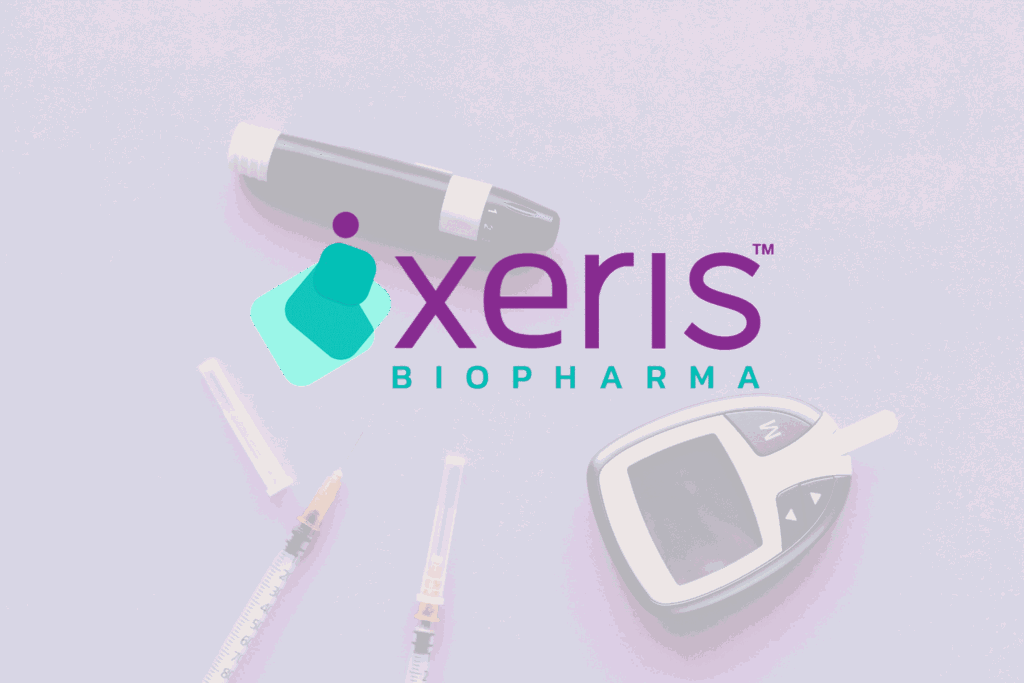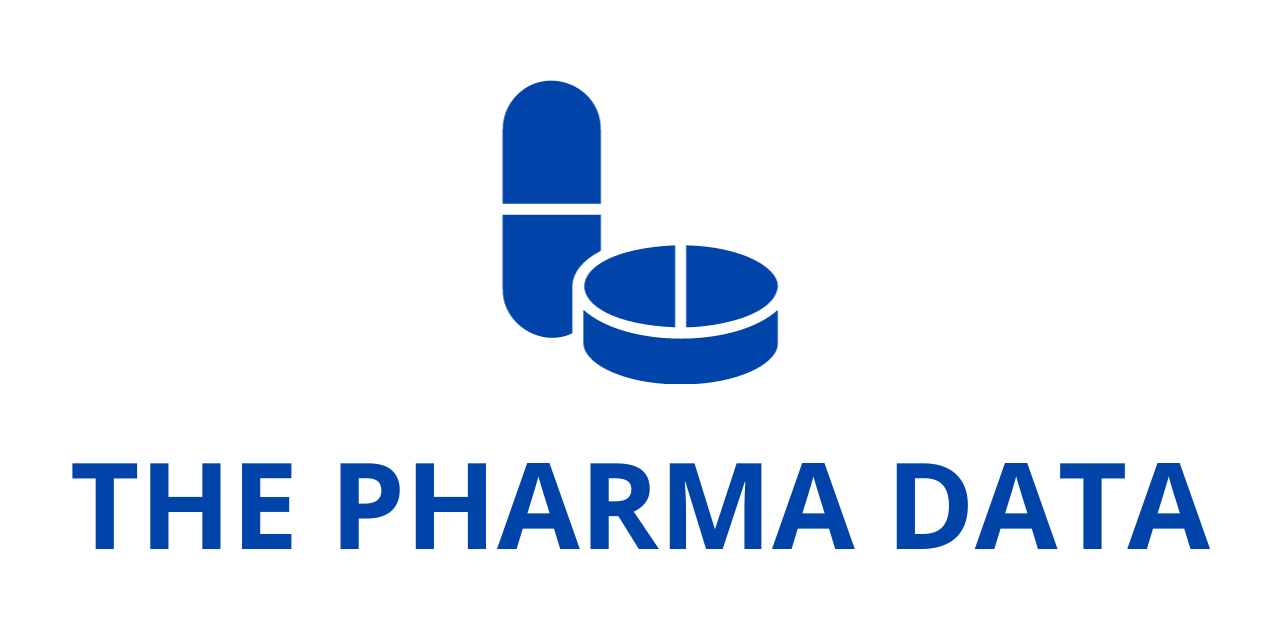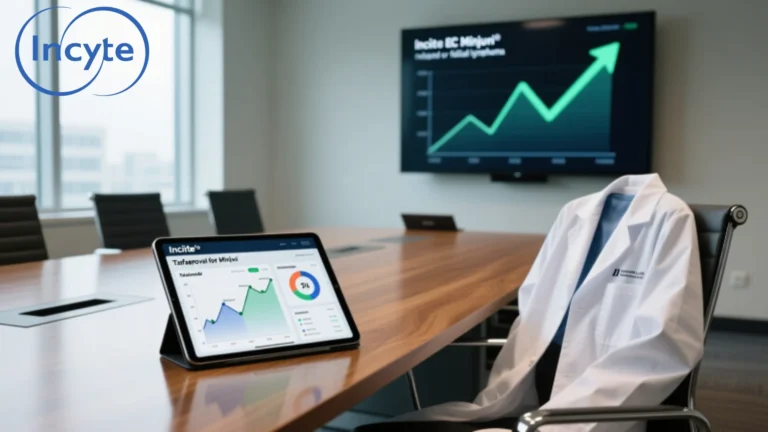
Xeris Biopharma Strengthens Long-Term Market Position with Orange Book Listing of New U.S. Patent for Recorlev®
Xeris Biopharma Holdings, Inc. (Nasdaq: XERS), a rapidly expanding biopharmaceutical company focused on developing and commercializing innovative treatments to address complex and underserved medical needs, announced a major milestone in its intellectual property (IP) strategy. The United States Patent and Trademark Office (USPTO) has officially issued patent number 12,377,096 to the company for Recorlev® (levoketoconazole), and this newly issued patent has been listed in the U.S. Food and Drug Administration’s (FDA) authoritative reference publication, the Approved Drug Products with Therapeutic Equivalence Evaluations, commonly known as the Orange Book.
The patent, titled “Methods of Treating Disease with Levoketoconazole”, provides broad protection for therapeutic uses of levoketoconazole that are designed to minimize drug-drug interactions—particularly with MATE1 substrates, which represent a class of commonly co-administered drugs. Importantly, this patent extends legal exclusivity for Recorlev until March 2040, significantly bolstering the long-term commercial potential of the therapy and strengthening the company’s ability to protect its market position against generic competition.
Strengthening the Intellectual Property Framework for Recorlev®
Patents are the lifeblood of the pharmaceutical industry. They not only protect the substantial investments required to bring a therapy from discovery through clinical development to commercialization, but they also provide companies the security to continue innovating. For Xeris, the new patent issuance and its listing in the Orange Book represents a major step in fortifying the company’s intellectual property estate around Recorlev.
John Shannon, Chief Executive Officer of Xeris, emphasized the strategic importance of this development:
“We are pleased to expand and further strengthen the intellectual property protection for Recorlev with the grant of our latest patent and its addition to the FDA’s Orange Book. Recorlev represents a meaningful therapeutic advancement for patients with endogenous Cushing’s syndrome and hypercortisolemia, a complex and underserved condition. As we continue to make strategic investments in education, patient support, and market access, we are equally committed to protecting the long-term value of this important asset. Strengthening our IP position reinforces our confidence in Recorlev’s growth potential and our mission to improve the lives of patients with rare endocrine diseases.”
This Xeris statement highlights two parallel objectives: on one hand, the company is advancing its commercial and clinical strategy by supporting patients and clinicians with access, education, and support services; on the other, it is aggressively defending its ability to market Recorlev without premature erosion from generic competition.
Why Orange Book Listing Matters
The Orange Book serves as the FDA’s definitive record of approved drug products, linking them with their relevant patents and exclusivity protections. By being listed in the Orange Book, Xeris has secured several critical advantages:
- Barrier to Generics: When a drug’s patent is listed in the Orange Book, any company seeking to file an Abbreviated New Drug Application (ANDA) to introduce a generic must address that patent through a certification process. This can trigger automatic litigation pathways, potentially delaying generic entry for years.
- Transparency and Enforcement: Orange Book listings make it easier for innovator companies to monitor and enforce their patents. If a competitor attempts to develop a generic equivalent, the patent holders are alerted and can respond legally.
- Investor and Market Confidence: For stakeholders—whether patients, physicians, or investors—an Orange Book-listed patent signals durability of market protection, making a therapy a more stable long-term asset.
- Strategic Market Planning: Extended patent life enables a company like Xeris to plan longer-term commercialization strategies, including patient support programs, physician education, and global market expansion, without the looming threat of generic erosion.
For Xeris, which operates in the competitive but niche field of rare endocrine disorders, such protection is invaluable. Treatments for rare conditions often serve smaller patient populations, meaning the commercial viability of a product depends heavily on exclusivity periods that allow companies to recoup development investments.
Recorlev®: A Novel Therapy for Cushing’s Syndrome
Recorlev® (levoketoconazole) is a purified enantiomer of ketoconazole, designed as an adrenal steroidogenesis inhibitor. The therapy was FDA-approved in December 2021 for the treatment of endogenous Cushing’s syndrome in adult patients for whom surgery is either not an option or has proven unsuccessful.
Understanding Cushing’s Syndrome
Cushing’s syndrome is a rare but debilitating endocrine disorder caused by prolonged exposure to elevated levels of cortisol, Xeris often referred to as the body’s “stress hormone.” While cortisol plays a critical role in regulating metabolism, immune response, and stress adaptation, chronic overproduction leads to serious complications. Symptoms can include weight gain, hypertension, type 2 diabetes, osteoporosis, muscle weakness, and psychiatric disturbances. Left untreated, Cushing’s syndrome can result in significant morbidity and increased mortality.
Surgical removal of the underlying tumor—usually located in the pituitary or adrenal gland—is the first-line treatment. However, not all patients are surgical candidates, and in many cases, surgery does not achieve full remission. For these patients, pharmacologic therapy becomes a cornerstone of management.
The Role of Recorlev
Recorlev directly addresses the cortisol overproduction by inhibiting steroidogenesis at the adrenal level. As a purified enantiomer of ketoconazole, Recorlev offers a more targeted and predictable pharmacologic profile compared to the racemic mixture. Its clinical development was supported by robust trials demonstrating its efficacy in normalizing cortisol levels and improving symptoms in patients with endogenous Cushing’s syndrome.
The drug’s approval was a major milestone for patients who previously had limited therapeutic options. Today, Recorlev represents a highly differentiated therapy in the market for rare endocrine diseases.
Expanding the Safety and Efficacy Profile
Like all potent therapies, particularly those that alter hormone synthesis, Recorlev must be carefully managed to ensure safety. The FDA’s approval was accompanied by comprehensive labeling, including a Boxed Warning regarding hepatotoxicity, which is a known risk with ketoconazole derivatives. The company provides detailed guidance for physicians on monitoring and mitigating risks, making education and patient support an integral part of Recorlev’s commercialization.
Key Safety Considerations
- Contraindications: Recorlev should not be used in patients with cirrhosis, acute or poorly controlled chronic liver disease, prior history of drug-induced liver injury from ketoconazole or similar azoles, or extensive metastatic liver disease. It is also contraindicated in patients with QT prolongation or those taking certain QT-prolonging drugs.
- Drug Interactions: Recorlev interacts with CYP3A4, P-gp, OCT2, and MATE pathways, which makes careful review of concomitant medications essential. This is where the significance of the new patent—focused on minimizing drug-drug interactions with MATE1 substrates—becomes especially relevant.
- Adverse Events: The most common side effects include nausea, vomiting, hypokalemia, hypertension, liver injury, abnormal bleeding, headaches, insomnia, myalgia, and arrhythmias. Patients require ongoing monitoring of liver function tests and electrocardiograms to ensure safe therapy.
- Hormonal Effects: Recorlev may reduce serum testosterone levels, affecting both men and women. Physicians are advised to counsel patients on potential reproductive or sexual health implications.
Despite these risks, Recorlev remains an invaluable therapy when used in the right patient population, offering meaningful disease control and quality-of-life improvement.
Strategic Implications for Xeris
With the Orange Book listing extending protection until March 2040, Xeris has secured nearly 15 additional years of exclusivity for Recorlev beyond its initial patent coverage. This dramatically enhances the drug’s lifecycle value and aligns with the company’s long-term growth strategy.

Commercial Expansion
Xeris has been steadily expanding its presence in endocrinology and rare disease markets. By reinforcing the IP shield around Recorlev, the company can invest with greater confidence in:
- Physician outreach and education, particularly in endocrinology and specialized care settings.
- Patient assistance programs, helping to improve access for individuals facing financial barriers.
- Global regulatory submissions, as patent protection in the U.S. often paves the way for parallel protections in international markets.
Investor Significance
For investors, IP protection is a critical component of valuation. Drugs that face early generic competition often see dramatic revenue declines—sometimes by as much as 80–90% in the first year post-patent expiry. By extending exclusivity, Xeris not only safeguards Recorlev revenues but also strengthens its negotiating position for potential partnerships, co-commercialization deals, or even future acquisition opportunities.
Research and Development Synergy
The new patent also underscores Xeris’ broader R&D philosophy: to continually refine and expand the utility of its therapies. By focusing on methods that minimize drug-drug interactions, the company is addressing a real-world challenge for patients with Cushing’s syndrome, who often take multiple medications to manage comorbidities such as hypertension, diabetes, or osteoporosis.
Broader Context: Patents and Rare Disease Therapeutics
The issuance and listing of Recorlev’s new patent reflects broader industry dynamics. Rare disease therapies often rely heavily on IP protection because of the relatively small patient populations they serve. While traditional blockbusters treat millions, rare disease drugs may serve only a few thousand patients worldwide. Patent protection and regulatory exclusivity (such as Orphan Drug Designation benefits) are essential tools to ensure that companies can sustain the economics of developing treatments for such niche markets.
For patients, this means greater assurance that therapies will remain available and supported for the long term. For regulators, it underscores the balance between encouraging innovation and eventually enabling generic entry. The Orange Book sits at the center of this balance, ensuring transparency in the drug approval and patent landscape.
Xeris Biopharma’s announcement of its newly issued U.S. patent for Recorlev and its listing in the FDA’s Orange Book is more than a legal or technical milestone—it is a strategic win that reinforces the therapy’s market longevity, clinical value, and commercial growth potential.
For patients with endogenous Cushing’s syndrome, this development strengthens confidence that Recorlev will remain a cornerstone therapy for years to come. For healthcare providers, it ensures ongoing support and resources from the company to safely and effectively manage a rare and difficult condition. For investors and stakeholders, it signals durability in Xeris’ pipeline and strengthens its overall market position.
By coupling innovation in treatment with robust IP protection, Xeris has demonstrated a comprehensive strategy to improve patient outcomes while building a sustainable future in rare disease therapeutics. With Recorlev’s exclusivity extended to 2040, the company is well-positioned to continue its mission of advancing therapies that make a lasting difference in the lives of patients.




